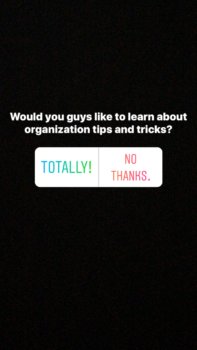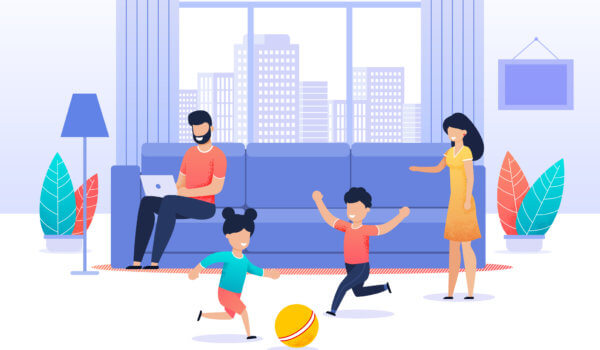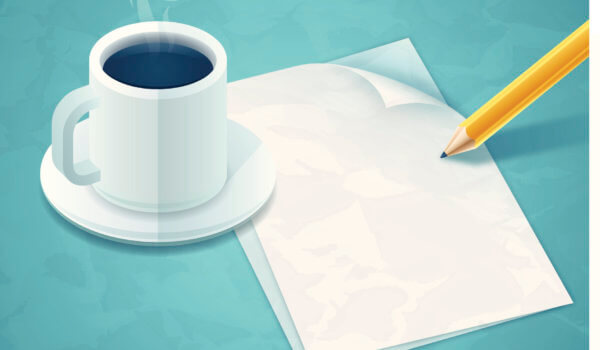When I first started blogging I had absolutely no idea what I was going to write about or who I was writing to.
I was fascinated with this new medium that gave everyone—even a 22-year-old recent college grad—a space to publish content.
For several years I blogged in anonymity. I wanted to learn the craft and find my voice. It wasn’t until I became a mom that I established my parenting niche. It took me years of trial and error and a lot of paring down, but I did indeed find my tribe, my people, my followers.

Maybe you’re stuck too. Who is your ideal reader? The person who would get the most out of your content? And what do they want to hear? Here’s my best advice if you’re asking those same questions.
Focus on the WHO.
Who are you writing content for? What season of life are they in? What are their current challenges? If you can answer these questions you can develop a clear picture of who you are writing to.
The most popular blog post I ever published on my blog was a response to a mom’s Facebook post. I wrote an entire essay in response to her feeling of being lost inside motherhood. That post was shared 4,000 times 100% organically. Why? Because I knew the who.
Narrow your niche.
This is where a lot of bloggers get it wrong. They want to serve as a media company instead of a blog. A media company produces content for the masses. A blog is different because it is more like a column or section inside of a media company. If you pick up an issue of TIME you’ll see articles about technology, culture, current events, social issues and more. A blog shouldn’t cover all of those topics.
Pare down your categories as much as possible. Imagine a small umbrella with just a few topics underneath it. Stay under this umbrella.
Take Michael Hyatt, for example. Originally he blogged about the publishing world and how writers could get published and build a platform. Eventually, he became a sought-after leader and speaker. As his platform grew, he began teaching about leadership, productivity and achieving success in all areas of life.
Start small. Be strategic. Then get a bigger umbrella.
Want to give Platform University (your one-stop shop for building an online audience) a spin? Get your first week of Platform University for just $1. Cancel anytime.
Try Platform University!
Use social media to experiment.
When you are ready for a bigger umbrella, social media is the perfect place to test out new ideas. I discovered once I started talking about meal prep on my Instagram account that my followers were anxious for more!
They kept messaging me asking me to blog the recipes and planning techniques I was using. It doesn’t get easier than that—your audience telling you what they need on your blog.
Look at the most popular content on your blog and social media profiles.
Simply looking at the numbers can reveal a lot about what your audience is interested in. Now, this is key: Try to separate the data from what you feel.
For example, you might feel like a blog post about time management is a really good post that your audience would love, but did they actually read it? Was it shared? Did your audience engage?
Let the numbers stand alone. Sometimes it’s very hard to digest this information, but numbers don’t lie. Use data to inform your empathy.
Look at your existing data.
Don’t reinvent the wheel. If you have Google Analytics and a business account on Facebook or Instagram, you can access valuable data about your audience. Where is your audience located? What are their ages? Looking at your most engaged followers, what other information can you learn?

Finally, survey your audience.
Conducting quarterly research is a great idea. But if you don’t get much of a response (especially if you have a small audience) try micro-polling on Facebook and Instagram. These easy to use features can give you answers quickly about what your audience wants to see. I recommend using it like this:
Do you want to learn more about [insert very specific topic]?
Then offer them a yes or no button. It’s very easy for people to pinpoint what they don’t want to see. If you just ask the open-ended question: What would you like me to blog about? You probably won’t get a lot of responses. Asking a question about a specific type of content can be eye-opening.




